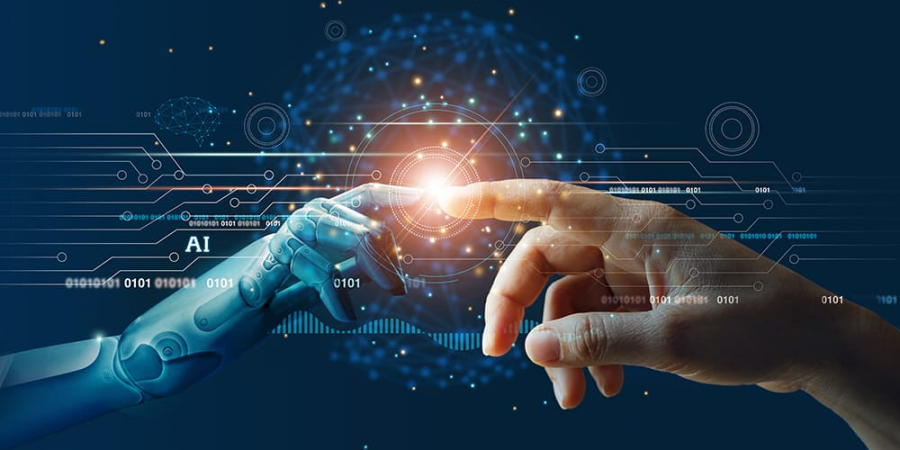

Introduction
Artificial intelligence (AI) has increasingly penetrated various aspects of life, including the art world. AI-created art using algorithms and machine learning is growing in popularity, sparking debates about the future of creativity, writing and art and technologies like OpenAI's DALL-E and platforms like MidJourney are celebrating digital transformation this face, challenging traditional ideas about art.
Historical context
The intersection of art and technology is not new. From the invention of photography to digital art, technology has continued to transform artistic expression in new ways. The first experiments with AI in the 1960s created simple algorithmic models, but today’s AI art is complex and often indistinguishable from man-made masterpieces Thus this evolution highlights the journey from basic computer-generated models to AI masterpieces.
How AI creates art
AI-designed art is built with deep learning models that analyze large amounts of data to identify patterns and patterns. Generative Adversarial Networks (GANs) play an important role, consisting of a generator and a discriminator working together to produce a realistic image. Examples include AI-generated graphics and abstract music.
Influence on the art world
AI is changing the creative landscape, with traditional designers exploring new possibilities by working with AI. AI-powered pieces are making waves in the art market, sometimes driving up auction prices. This revolution redefines creativity, blending human intuition with mechanical precision to provide new artistic expression.
Public recognition and criticism
Public reactions to AI-driven art have been mixed. Some see it as a covert fusion of technology and creativity, while others see it as a threat to traditional art. In 2018, notable exhibitions like the sale of AI-generated paintings at Christie’s attracted a lot of attention. Critics argue that AI lacks the emotional depth that human artists bring, while advocates celebrate the boundary-pushing nature of AI.
The future of AI in art
The role of AI in the arts may expand. Future developments may include more advanced AI systems that can create personalized and interactive art experiences. Collaboration between AI and human designers can be enhanced, resulting in new design expressions. AI will not replace human creativity but will enhance and diversify it.
Conclusion
AI-generated art represents the convergence of technology and creativity, challenges traditional notions of art, and raises important ethical questions. As AI evolves, it will shape the future of artistic expression, offering both opportunities and challenges. Balancing technological innovation with human creativity will be key to navigating this new artistic frontier
